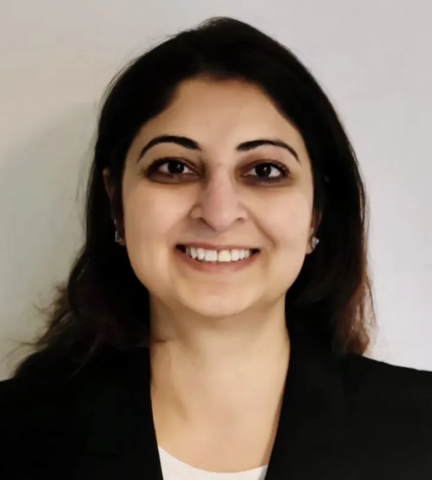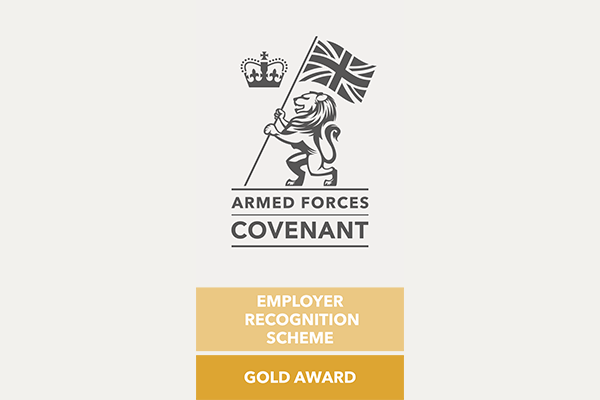Orthotics Specialists at Rivers Hospital
-
Mr Charles H Aldam
Orthopaedics
Mr Aldam is a Consultant Orthopaedic Surgeon in Hertfordshire specialising in joint replacements, revision hip and knee surgery, arthroscopy, back problems and sciatica
View Profile -
Mr Paul Allen
Orthopaedics
Mr Paul Allen is a Consultant Orthopaedic Surgeon in Sawbridgeworth, Hertfordshire who specialises in knee replacements.
View Profile -
Mr Daniel Bye
Orthopaedics
Mr Daniel Bye is a Consultant Orthopaedic Surgeon in Hertfordshire, specialising in Hip and Knee Surgery
View Profile -
Mr Zaher Dannawi
Spinal Surgery
Mr Zaher Dannawi is a Spinal Surgeon in Sawbridgeworth, Hertfordshire, specialising in adult and paediatric spinal conditions including disc prolapse, spinal decompression, lumbar fusion, and kyphoplasty for osteoporotic fractures or spinal tumours.
View Profile -
Mr Rishi Dhir
Orthopaedics
Mr Rishi Dhir is a Consultant Orthopaedic Surgeon in Hertfordshire who specialises in shoulder, elbow, hand and wrist surgery
View Profile -
Mr David George
Orthopaedics
Mr David George is a Consultant Orthopaedic surgeon with a special interest in hip and knee surgery.
View Profile -
Mr Aria Ghassemi
Orthopaedics
Mr Aria Ghassemi is a Consultant Orthopaedic Surgeon in Essex and Hertfordshire, who specialises in Foot and Ankle Surgery
View Profile -
Mr Arif Gul
Spinal Surgery
Mr Arif Gul is a Spinal surgeon in Hertfordshire specialising in adult and spinal conditions including degenerative conditions, spinal deformity, trauma, infection and tumours of the spine
View Profile -
Mr Rashid Khan
Orthopaedics
Mr Rashid Khan is a Consultant Orthopaedic Surgeon specialising in hip replacements and all knee disorders including knee replacements, trauma, sports injuries and anterior cruciate ligament ruptures.
View Profile -
Mr Dennis Kosuge
Orthopaedics
Mr Kosuge is a Consultant Trauma and Orthopaedic Surgeon in Hertfordshire, with a subspecialist interest in hip and knee surgery.
View Profile -
Mr Satish Kutty
Orthopaedics
Consultant Orthopaedic Surgeon, Mr Kutty, specialises in hip and knee disorders including trauma, sports injuries of the hip, hip and knee replacements in young adults.
View Profile -
Miss Dimitra Leivadiotou
Orthopaedics
Miss Dimitra Leivadiotou is a Consultant Orthopaedic Surgeon in Hertfordshire and Essex, specialising in upper limb surgery
View Profile -
Mr Jeh Mahaluxmivala (Mr Jeh Maha)
Orthopaedics
Mr Jeh Mahaluxmivala (pronounced ma-ha-lux-mi-vala) known as Mr Jeh, is a Consultant Orthopaedic Surgeon in Sawbridgeworth with a special interest in knee and hip surgery
View Profile -
Mr Dimitrios Manoukian
Paediatrics
Mr Manoukian is a Consultant Paediatric Orthopaedic Surgeon in Hertfordshire
View Profile -
Mr Jeetender Peehal
Orthopaedics
Mr Jeetender Peehal is a Consultant Orthopaedic Surgeon specialising in hand and wrist surgery, working in Sawbridgeworth.
View Profile -
Mr Unnikrishnan Ramkumar
Orthopaedics
Mr Ramkumar is a Consultant Orthopaedic Surgeon in Sawbridgeworth, Hertfordshire who specialises in hip and knee procedures in Sawbridgeworth, Hertfordshire
View Profile -
Mr Nicholas Saw
Orthopaedics
Mr Nicholas Saw is a Consultant Orthopaedic Surgeon in Hertfordshire who specialises in upper limb surgery including all shoulder, elbow, wrist and hand surgery.
View Profile -
Mr Tarun Taneja
Orthopaedics
Mr Tarun Taneja is a Consultant Orthopaedic Surgeon who specialises in knee surgery.
View Profile -
Mr Alex Watson
Orthopaedics
Mr Alex Watson is a Consultant Orthopaedic Surgeon specialising in Sawbridgeworth, Hertfordshire who specialises in foot and ankle surgery.
View Profile -
Mr Simon Wimsey
Orthopaedics
Mr Simon Wimsey is an Orthopaedic Consultant in Sawbridgeworth, Hertfordshire specialising in all hand, wrist and elbow surgery including carpal tunnel, Dupuytren’s, arthritis and joint replacement surgery, ligament and tendon reconstruction, trauma and sports injuries.
View Profile


